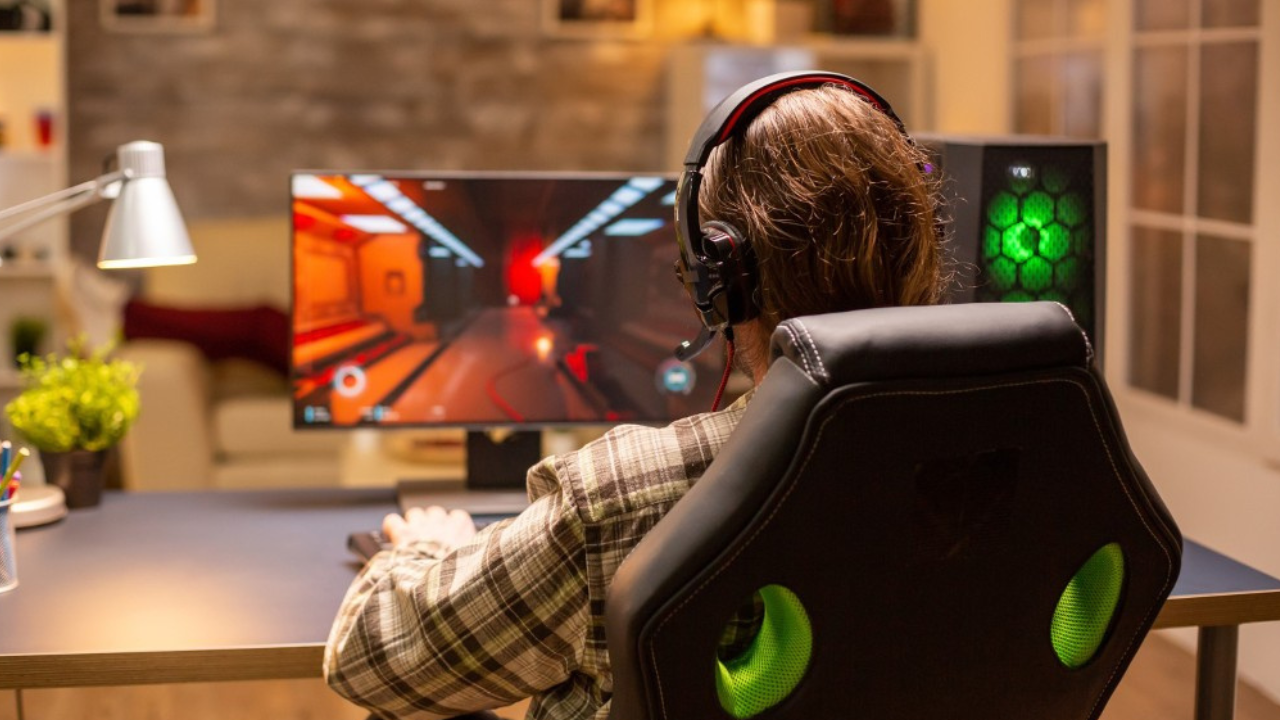If you’ve ever dabbled in 3D modeling, game development, or even just wondered how video game characters and environments are constructed, you may have come across the term “N-Gon.” It sounds technical, but it plays a crucial role in shaping the digital worlds we love to explore.
In this deep dive, we’ll explore what N-Gons are, why they matter in video games, their advantages and disadvantages, and how game developers handle them. Whether you’re a budding game designer, a curious gamer, or just someone fascinated by the behind-the-scenes of game creation, this guide will satisfy your curiosity.
What Is an N-Gon?
At its core, an N-Gon is a polygon with “N” number of sides, where “N” can be any integer greater than 2. Most 3D models in video games are made up of polygons—typically triangles (triangles, or “tris”) and quadrilaterals (quads). However, NGons are polygons with five or more sides (pentagons, hexagons, etc.)
Why Does the Number of Sides Matter?
- Triangles (3 sides) – The simplest and most stable polygon. GPUs love them because they’re easy to render.
- Quads (4 sides) – Preferred by modelers for clean topology and easier subdivision.
- NGon (5+ sides) – Can cause issues in rendering and deformation but sometimes simplify modeling.
N-Gon are common in high-poly modeling (detailed sculpting) but are usually converted to tris or quads before being used in a real-time game engine.
N-Gon in Video Games: Pros and Cons
Advantages of NGon
- Simplifies Complex Shapes
- Modeling intricate surfaces (like organic forms or hard-surface designs) can be easier with N-Gon since they reduce the number of polygons needed.
- Faster Modeling Workflow
- Artists can block out shapes quickly without worrying about edge loops right away.
- Useful in Pre-Rendered Graphics
- In CGI films or pre-rendered cutscenes, N Gons are more acceptable because the rendering process can handle them better than real-time engines.
Disadvantages of N-Gon
- Rendering Problems in Real-Time Engines
- Most game engines (Unreal, Unity) convert models to triangles at runtime. N Gon can sometimes create unexpected geometry issues, like pinching or warping.
- Deformation Issues
- Characters with N Gons in their mesh might deform strangely when animated, leading to visual glitches.
- UV Unwrapping Challenges
- Texturing a model with N Gons can be messy, as UV maps prefer quads for clean stretching.
How Game Developers Handle N-Gon
Since most game engines prefer triangulated or quad-dominant meshes, 3D artists follow best practices to avoid problematic N Gon:
1. Retopology – Converting N-Gon to Quads/Tris
- Artists often retopologize high-poly models (sculpted with N-Gon) into game-ready low-poly versions made of clean quads and triangles.
- Tools like ZBrush, Blender, or Maya help automate or manually optimize these meshes.
2. Using Subdivision Surfaces Wisely
- Subdivision modeling (used for smooth surfaces) works best with quads. N Gons can create artifacts when subdivided.
- Artists strategically place edge loops to prevent N Gons from causing problems.
3. Automated Triangulation in Engines
- Even if a model has N Gons, engines like Unity and Unreal will automatically triangulate them at import.
- However, poorly placed N Gons can still cause shading issues.
N-Gon in Different Game Genres
1. AAA Games (Realistic Graphics)
- High-poly models (used for normal maps) may have N Gon, but the final in-game model is always optimized into quads/tris.
- Example: Character faces in The Last of Us Part II start as high-poly sculpts but are retopologized for animation.
2. Stylized & Low-Poly Games
- Games like Minecraft or The Legend of Zelda: Breath of the Wild rely on simple geometry, so N Gon are rare.
- However, some stylized games (like Team Fortress 2) use clever modeling tricks where N Gons might appear in early stages.
3. VR & Mobile Games
- Performance is critical, so N Gons are almost always avoided to ensure smooth rendering.
Should You Use N-Gon in Your Game Projects?
When to Use N-Gon:
✔ Concept Block-Outs – Quickly prototype shapes before refining topology.
✔ Static Props – Non-deforming objects (like rocks or buildings) can sometimes tolerate N Gon.
✔ Pre-Rendered Assets – Cinematic scenes or marketing art can utilize them.
When to Avoid NGons:
❌ Animated Characters – They need clean edge flow for proper bending and stretching.
❌ Real-Time Game Engines – Stick to quads and tris for predictable results.
❌ Procedural Generation – Algorithms work better with uniform geometry.
Conclusion: N-Gon – A Powerful but Risky Tool
N-Gon are a fascinating part of 3D modeling, offering flexibility but also posing challenges for game developers. While they can speed up the modeling process, their unpredictable behavior in real-time engines means they’re often converted or avoided in final game assets.
Understanding N Gons helps you appreciate the delicate balance between artistic freedom and technical constraints in game development. Whether you’re a player, Modder, or aspiring developer, knowing how polygons shape your favorite games adds a whole new layer of appreciation for the craft.
Final Thought:
Next time you marvel at a game’s stunning visuals, remember—every polygon counts, and sometimes, the ones you don’t see (like well-hidden N-Gon) make all the difference!
